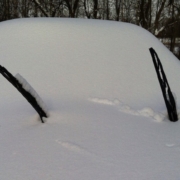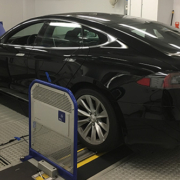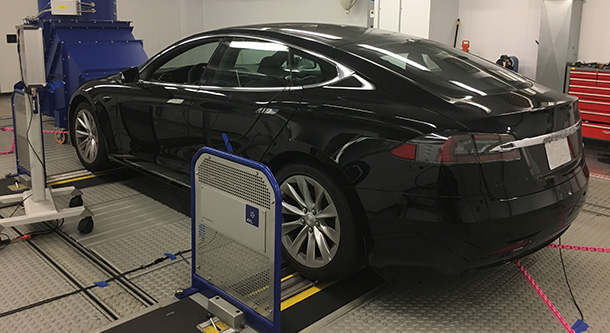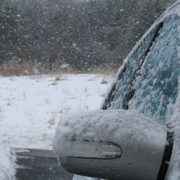NAPA Know How: 7 Winter Windshield Wiper Tips For Better VisibilityNAPA Know How Blog
[ad_1]
Windshield wipers are essential during the winter. They keep your windshield clear of precipitation and maintain proper visibility while you’re driving. If you want these frontline defenders to perform to their full potential, you need to take care of them.
Here are seven winter windshield wiper tips that will help keep you safe while driving through snow this winter.
1. Don’t Use Your Wipers as Ice Scrapers
If there’s frost on your windshield, using your wipers to clear it away may seem like an easy fix. However, this can damage your wipers. Cold weather makes wipers hard and brittle, so using them to scrape ice could cause the blades to crack and break. Protect your blades by using an ice scraper to remove frost from your vehicle’s front and rear windshields.
2. Inspect Your Wipers
If your wiper blades are cracked or damaged, they won’t be effective. This can be a huge safety hazard when driving in rain or snow — if you can’t see, you can’t drive. To avoid finding yourself in this situation, check the blades regularly for signs of damage or wear, especially in the winter. If there’s an issue, promptly replace the worn blades.
3. Clean Your Wipers and Windshield
Dirt and grime prohibit visibility on a wet or snowy day — if filth is caked on the windshield or wiper blades, moisture from falling rain or snow may spread it across the glass once the wipers are in motion, making it difficult to see beyond the windshield. Avoid this mess by cleaning the glass and wiper blades every couple of weeks.
4. Clear Snow From the Roof and Hood
When clearing snow from your vehicle, don’t stop with just the windshield; remove it from the car’s roof and hood as well. Any snow left in either place will likely blow onto the front or rear windshield once the car is in motion, hampering visibility. Take a thorough approach to snow removal, so you can maintain clear sightlines when driving, and your wipers won’t have to work harder than they should.
5. Check the Washer Nozzles
Your blades need wiper fluid to keep your windshield clear. Snow and ice can block the nozzles that release this fluid onto the glass. Regularly check the nozzles to make sure they aren’t frozen. If they’ve become clogged with ice, use a de-icer.
6. Apply Rubbing Alcohol to the Blades
Ice can cause your wiper blades to freeze to the windshield. Prevent this by applying rubbing alcohol to the blades, which will discourage freezing.
7. Upgrade to a Winter Windshield Wiper
When the temperature drops, switch to winter wipers for the best performance. These wipers are built with a heavy-duty frame crafted to resist twisting, warping and cracking in extreme cold. They’re sturdy enough to keep your windshield free of snow, even in the most severe storms.
Show your wipers a little love, and they’ll help keep you safe all winter long.
Check out all the wiper blades available on NAPA Online or trust one of our 17,000 NAPA AutoCare locations for routine maintenance and repairs. For more information on winter windshield wipers, chat with a knowledgeable expert at your local NAPA AUTO PARTS store.
Photo courtesy of Pixabay.


















